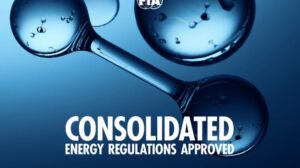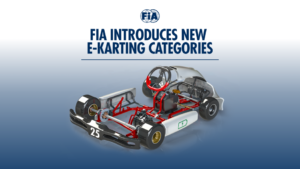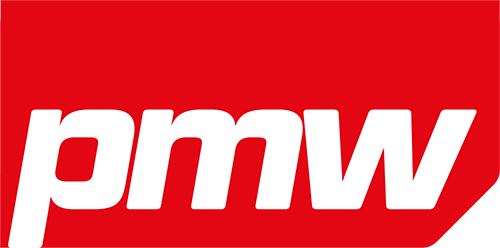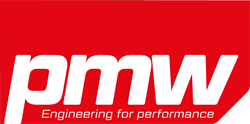Following its third meeting, the FIA World Motor Sport Council has announced new regulations for sustainable energy and e-karting and minor amendments to the Formula 1 Technical Regulations.
FIA president Mohammed Ben Sulayem said, “So far, this year has been one of growth as we see partnerships and championships go from strength to strength. We have accelerated our organization’s digital transformation – empowering our members with the introduction of the cutting-edge FIA Digital Licensing Platform with an ongoing investment of over €1.6m (US$1.8m).”

Sustainable energy for all motorsport
The World Council has approved Article 266, which defines the general regulatory framework applicable to all energy sources used in FIA competitions, namely liquid fuels, electric power and hydrogen (both liquid and gaseous).
Its objective is to establish common principles that ensure safety and promote the transition toward sustainable mobility. It details specific provisions related to each energy type and is the first time this information has been made available as a singular resource.
Regulatory updates: Formula 1
As the process of finalizing the new Concorde Governance Agreement for the FIA Formula 1 World Championship nears its conclusion, the World Council approved minor changes to the 2026 Technical Regulations. The revisions relate to the survival cell, suspension, aerodynamic components and power unit, to the Power Unit Financial Regulations and to the Operational Regulations.
The most significant of these changes relates to the ADUO concept (Additional Development and Upgrade Opportunities), which is intended to provide greater development opportunities for PU manufacturers who find themselves significantly behind their competition in terms of performance. Performance will be measured between all power units continuously, and after Races 6, 12 and 18 ADUO could be allocated to address such a situation.
Rally commission
The World Council has approved the creation of an RC6 class for Rally6 Group cars – an entry level specification designed to be as cost effective as possible, particularly in terms of the running costs. These vehicles will be based on: a four-seater, two-wheel drive ICE car; standard 1.6T or 2.0 NA engine with competition ECU; power-to-weight ratio of 7.5kg/hp (e.g. 1,050kg/140hp),H-pattern gearbox, production brakes and tires; non-adjustable competition shock absorbers; and safety level equivalent to Rally5-Kit.

Karting
Karting has additional technical and homologation regulations for junior and senior e-karting, expanding upon the existing e-karting technical regulations.
Junior and senior classes are limited to 60V, with centrally positioned batteries. Following extensive testing, the FIA will now homologate electric drivetrains, with power capped at 23kW for junior and 28kW for senior classes.
Akbar Ebrahim, FIA Karting commission president, said, “E-karting presents a significant opportunity to contribute to the continued growth of global karting and these regulations will unlock fresh possibilities for events and championships around the world. With the launch of new e-karting classes, the inaugural Arrive and Drive Continental Championships and the largest FIA Karting calendar to date, 2026 is shaping up to be a golden year for karting.”
In related news, Mopar joins Team Peugeot TotalEnergies for 2026 WEC



